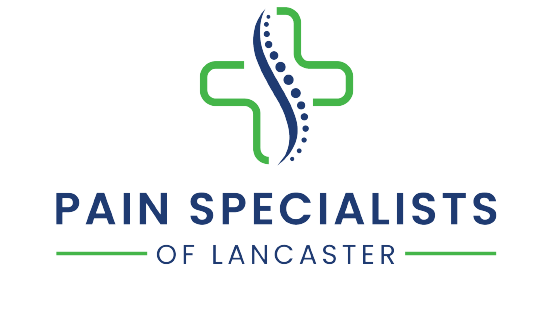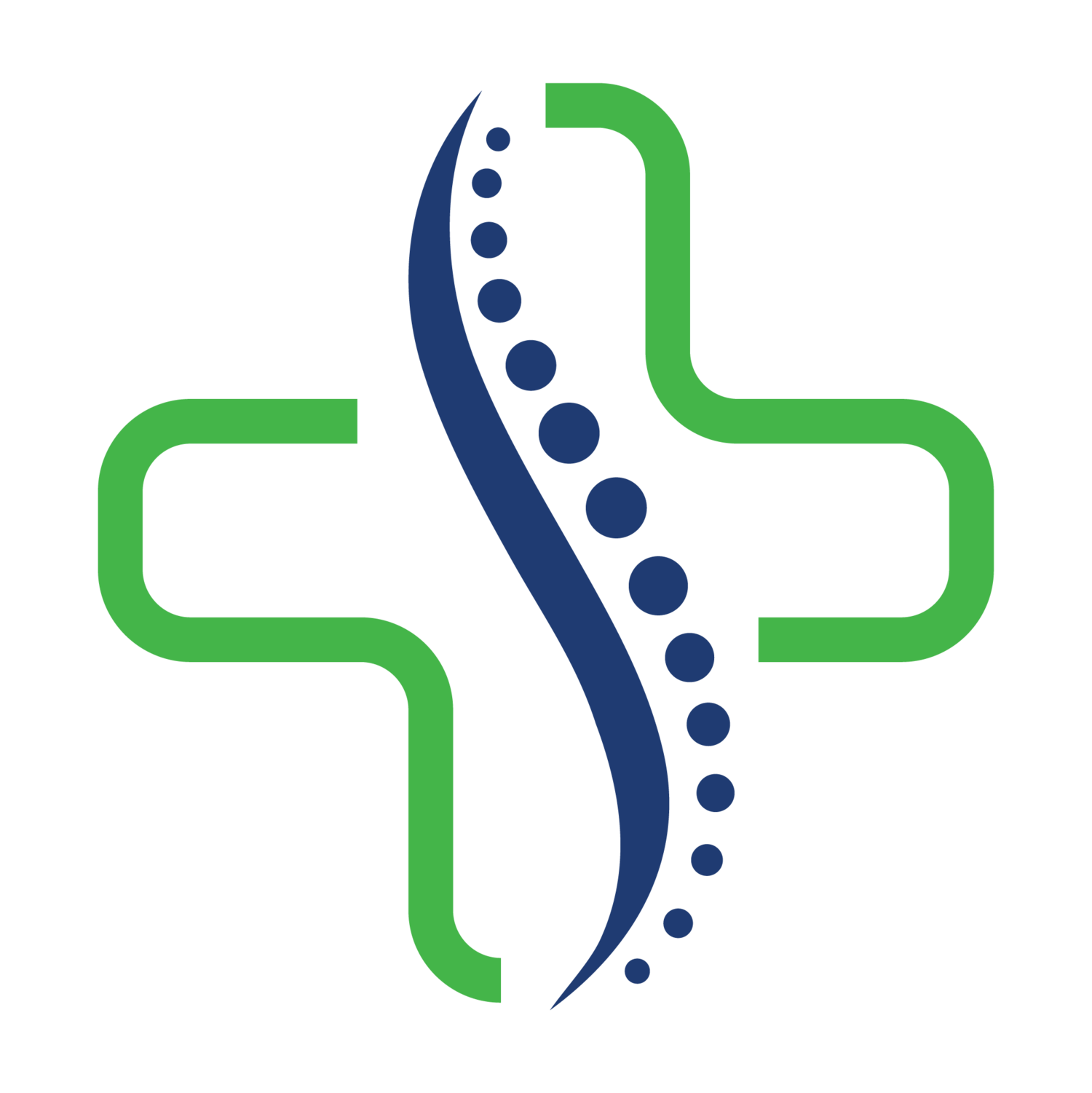
W E L L N E S S // G U I D E S
Opioid Use Disorders
Author: David Simons (D.O.)

In the midst of the well recognized opioid crisis many physicians are dealing with the challenging dilemma of recognizing and managing patients with aberrant behavior, sometimes referred to as “drug seekers.” The “drug seeking” patients can range from well intentioned, low risk individuals with legitimate painful conditions, to patients suffering from opioid use disorders (OUD) who display one or more aberrant behaviors. OUD is defined by the following criteria as outlined by the Diagnostic and Statistical Manual of Mental Disorders (DSMD).
1. Opioids taken in larger amounts or longer time than intended
2. Persistent desire for opioids and unsuccessful attempts to reduce or control
3. Great deal of time by patient obtaining, using or recovering from effects
4. Cravings
5. Failure to fulfill major role functions
6. Important social, occupational and recreational activities give up or reduced
7. Recurrent use in situations that are hazardous
8. Continued use despite knowledge of psychological or physical problems caused or exacerbated by opioid use
9. Tolerance
10. Withdrawal
Opioid medications continue to be prescribed (although now less frequently) for the treatment of acute pain, chronic non-cancer pain, and cancer pain. The four “A’s” of pain treatment outcomes are:
1)Analgesia (pain control)
2 )Activities of daily living (psycho social functioning)
3) Adverse effects
4) Aberrant drug taking (addiction related outcomes)
A formal diagnosis of OUD is important for patient safety, planning pain therapy and weaning of opioid medication and making an appropriate referral. OUD should be suspected when patients exhibit any aspect of the four “C’s” of opioid medications.
1) Compulsive use
2) Continued use
3) Cravings
4) Out of control use
OUD is estimated to be present in up to 35% of chronic opioid medication users. The diagnosis is particularly difficult during pain treatment because many of the symptoms of OUD are controlled by the presence of pain and/or the sheer consequences of opioid exposure.
It is no wonder the medical profession has become increasingly “opiophobic” when considering the challenging nature of this patient population and the increasing government and public scrutiny.
There are several opioid assessments that can be utilized to categorize patients. The screening instrument for substance abuse potential (SISAP) is often helpful:
Question / Caution
How many alcoholic drinks per day/per week
Men – greater than 5 per day or 17 per week
Women – greater than 4 per day or 13 per week
Use of marijuana/hashish in last year
Admission of recent use
Smoke cigarettes
Admission of recent use
Age
Less than 40
*Clinicians need to assess patients prior to the initiation of opioid therapy. The key to reducing the risk of aberrant behavior in the high risk patient population is frequent monitoring and a structured intervention with psychotherapy. Studies have demonstrated that high risk patients in structured settings with frequent follow-up and support reduce aberrant behaviors to the same rate as the low risk group. None of the groups demonstrated an absence of aberrant behaviors.
The opioid epidemic has now made it difficult for patients in pain to access controlled substances. Physicians are understandably anxious about the ramifications of being scrutinized by the agencies monitoring opioid prescriptions. Educating your pain patients on all of the available non-opioid treatment options and identifying patients who are at high risk for aberrant behaviors is of upmost importance. Careful initial assessment, monitoring and establishing a highly structured approach to the management of patients requiring opioid medications for the treatment of their pain is critical to maintaining safe patient care. Pain Specialists of Lancaster is very dedicated to Interventional Pain Management. IPM is devoted to the diagnosis and treatment of pain related disorders with an avoidance of opioids. IPM utilizes epidural steroid injections and the technology of intrathecal pain pumps and spinal cord stimulators to manage pain. Please see our list of treatment options or contact us today to see how we can help you get your life back on track.


